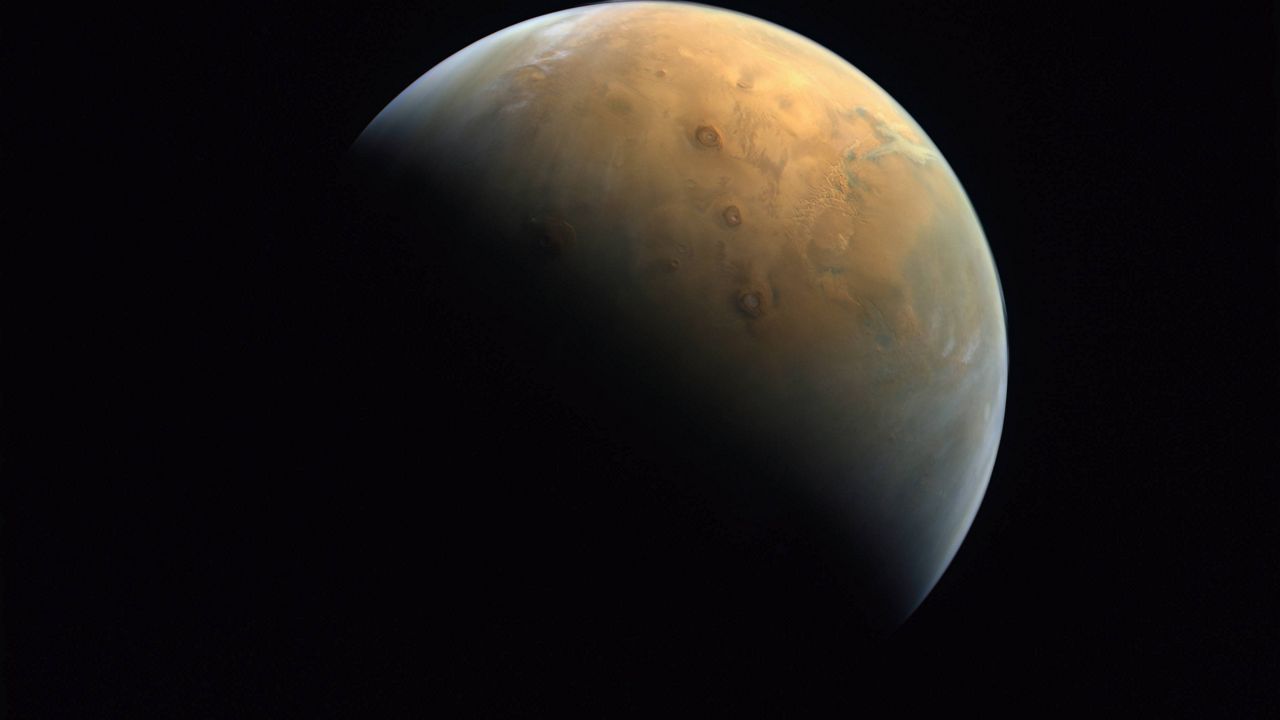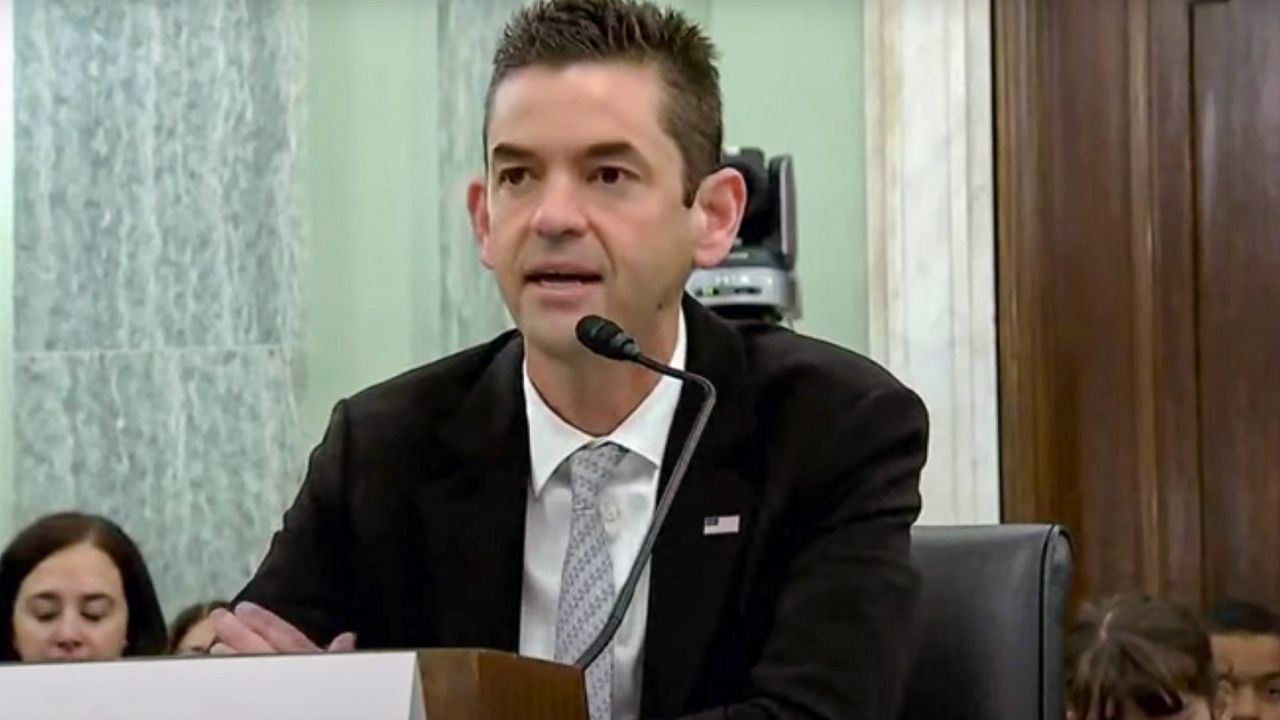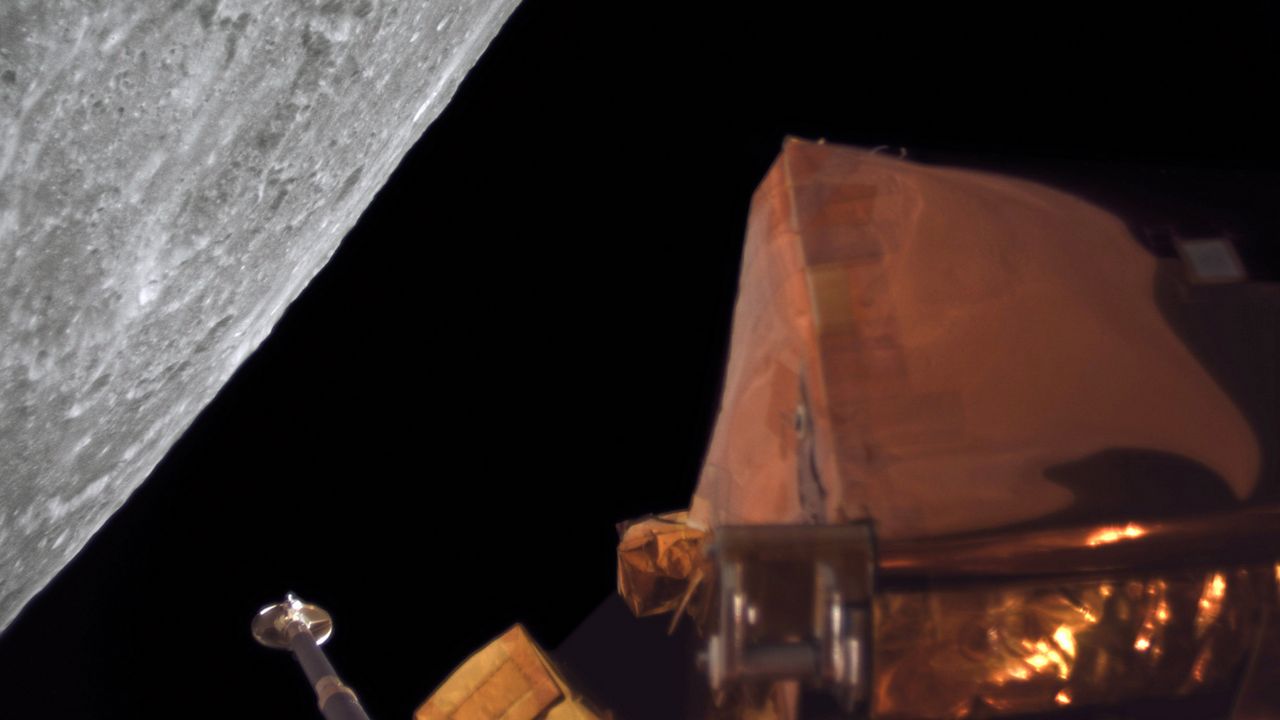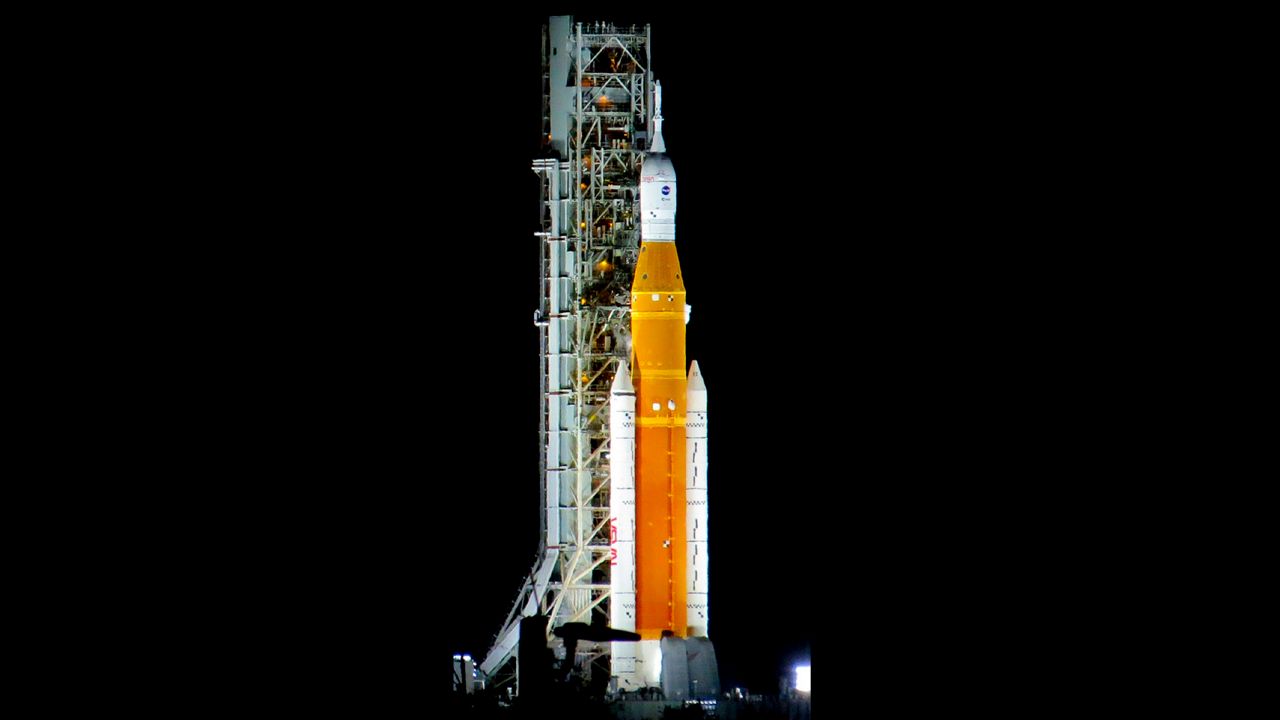BOCA CHICA BEACH, Texas — SpaceX launched Starship for its ninth test flight on Tuesday night, which also marked for the first time that a Super Heavy booster was reused for a second time.
However, both the Starship and the booster were lost as they returned to Earth.
What You Need To Know
- Super Heavy is the rocket booster part of the vehicle, while the spacecraft is called Starship
- When they are stacked together, they are known as Starship
- The spacecraft lost fuel and control; the booster was also lost in the Gulf
- Starship will be part of the Artemis III mission that will send people back to the moon
- Get more space coverage here ▶
- 🔻Scroll down to view the interactive timeline of the previous Starship test flights🔻
The famed 397-foot-tall (121 meter) Starship will took off from the company’s Starbase facility in Boca Chica, Texas, on Tuesday, SpaceX stated.
The launch happened at 7:36 p.m. ET, for the suborbital test flight.
Starship’s ninth flight test marked a major milestone for reuse with the first flight-proven Super Heavy booster launching from Starbase, and once more returned Starship to space → https://t.co/Gufroc2kUz pic.twitter.com/RNJkj5OobP
— SpaceX (@SpaceX) May 28, 2025
Originally, it was supposed to go up at 7:30 p.m. ET, but the system pushed two holds.
SpaceX warned local residents of the loud sound of the launch.
"Residents of Cameron County and those in the nearby area may hear a loud noise resulting from the rocket’s 33 Raptor engines firing upon ignition and as the vehicle launches toward space, but what people experience will depend on weather and other conditions," SpaceX stated.
Starship is the spacecraft while the Super Heavy is the rocket booster. When they are combined, they are called Starship.
The spacecraft will be part of the Artemis III mission that will send people back to the moon.
And while Starbase became its own city earlier this month, later this year, Starship is expected to launch from Florida.
What happened during the ninth test flight
This ninth test flight saw some new experiments and objectives, like how this was the first time a Super Heavy booster was used twice.
The booster B14 was first used during test seven earlier this year, which was caught by the launch tower’s chopsticks.
For the ninth test, the Super Heavy booster rocket was not going to be caught by Mechazilla, as it is affectionally known.
It was supposed to make a hard splashdown in the Gulf, however, the booster lost telemetry during the landing burn.
After the hotstage separation, the booster did flip in a coordinated direction before starting the boostback burn, as planned.
As the booster is returning for that hard splashdown in the Gulf, initially, three of the center engines were used for the final phases of the landing. This is done on purpose to gather data. Then the booster was going to switch to only using two center engines for the landing burn.
During a live feed, SpaceX officials said they will collect data to see what went wrong.
Starship’s Raptor engines ignite during hot-staging separation. Super Heavy is boosting back towards its splashdown site and preparing for its high angle of attack entry pic.twitter.com/aQBwsvSrl0
— SpaceX (@SpaceX) May 27, 2025
In previous tests, the booster would flip in a random direction, but SpaceX hopes that a known direction will use less fuel, which can be used during liftoff. It also means more payloads or heavier payloads can go into orbit.
Plus, 29 of the 33 Raptor engines were included in the reused booster.
“The booster on this flight test is also attempting several flight experiments to gather real-world performance data on future flight profiles and off-nominal scenarios. To maximize the safety of launch infrastructure at Starbase, the Super Heavy booster will attempt these experiments while on a trajectory to an offshore landing point in the Gulf of America and will not return to the launch site for catch,” SpaceX stated before the launch happened.
The reuse of the Raptor engines and the booster itself is part of SpaceX’s business plan.
“Lessons learned from the first booster refurbishment and subsequent performance in flight will enable faster turnarounds of future reflights as progress is made towards vehicles requiring no hands-on maintenance between launches,” SpaceX stated.
Starship is lost; fuel leak caused loss of attitude control
Now, for the Starship craft itself, which will eventually hold 100 humans, had its own test objectives.
However, it encountered some issues. About half an hour after launch, SpaceX officials stated that due to a fuel leak, attitude control was lost and Starship was spinning.
"A subsequent attitude control error resulted in bypassing the Raptor relight and prevented Starship from getting into the intended position for reentry. Starship then went through an automated safing process to vent the remaining pressure to place the vehicle in the safest condition for reentry. Contact with Starship was lost approximately 46 minutes into the flight, with all debris expected to fall within the planned hazard area in the Indian Ocean," SpaceX stated after the flight test.
This loss of attitude control was similar to what happened in test three, SpaceX officials said during the live feed.
SpaceX engineers decided to skip relighting the engines while it was in sub orbit and allowed the massive craft to continue falling to gather as much data as possible as it splashed down in the Indian Ocean.
SpaceX officials stated that they did lose contact with Starship.
Before that happened, Starship was supposed to deploy eight Starlink satellite simulators, however, the payload door did not open fully and had to close.
This would have been the second time the payload door would have opened in space. The first time was during flight six.
These Starlink simulators were expected to burn up on re-entry.
During the eighth test back in March, four simulators were going to be deployed, but that did not happen due a malfunction to Starship itself.
“The most probable root cause for the loss of Starship was identified as a hardware failure in one of the upper stage’s center Raptor engines that resulted in inadvertent propellant mixing and ignition,” explained SpaceX.
SpaceX stressed that the in-flight mishap seen in the last test is “distinctly different” from what happened in flight seven.
However, the California-based company did highlight some positives of flight nine, such as the first time a Super Heavy booster was used for a second time and that Starship was once again in space.
SpaceX stated that it will go over the data collected during the test and create new improvements for test flight 10.
The FAA issued a statement on Tuesday night, stating that it was aware that " an anomaly occurred" and there were no reports of any injuries or damage to public property.
On Thursday, May 22, the FAA cleared Starship for takeoff for flight nine.
“With the Starship vehicle return to flight determination, Starship Flight 9 is authorized for launch. The FAA finds SpaceX meets all of the rigorous safety, environmental and other licensing requirements,” the agency stated.
Before the ninth test, SpaceX described what the upper stage Starship was supposed to attempt.
“The flight test includes several experiments focused on enabling Starship’s upper stage to return to the launch site. A significant number of tiles have been removed from Starship to stress-test vulnerable areas across the vehicle during reentry. Multiple metallic tile options, including one with active cooling, will test alternative materials for protecting Starship during reentry. On the sides of the vehicle, functional catch fittings are installed and will test the fittings’ thermal and structural performance. The entire ship's tile line also received a smoothed and tapered edge to address hot spots observed during reentry on Starship’s sixth flight test. Starship’s reentry profile is designed to intentionally stress the structural limits of the upper stage’s rear flaps while at the point of maximum entry dynamic pressure,” stated SpaceX.
The test flight nine lasted about 50 minutes.
And while Starbase became its own city earlier this month, later this year, Starship is expected to launch from Florida.






